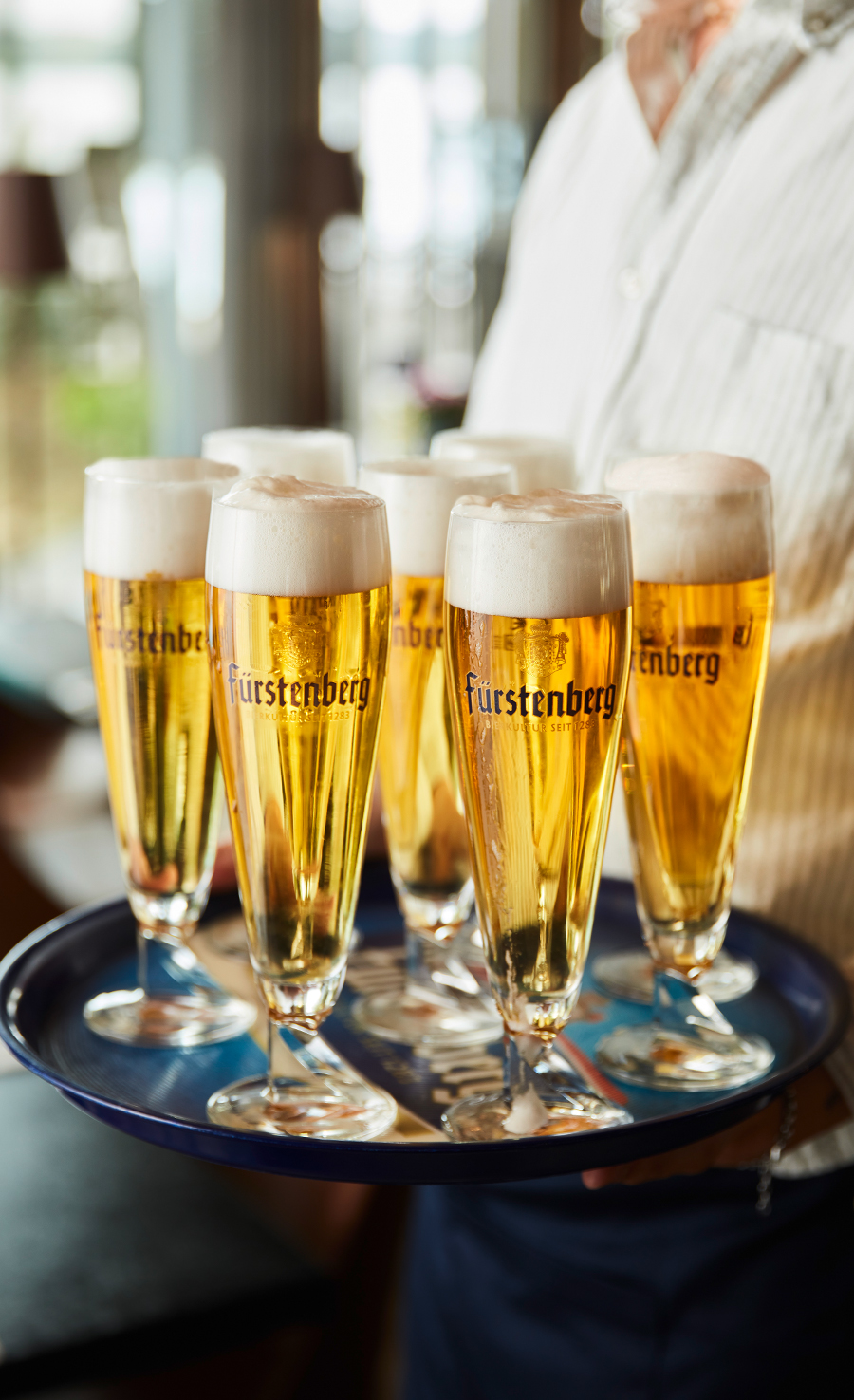The Swabian-Alemannic “Fasnet” is probably the biggest cultural event in the entire region.
Fools and jesters run rampant in the streets of every city and village in the days leading up to Lent. Large parades in costumes of jesters, 'Hansels', witches, devils, hags and many other figures throng the streets, wearing their carefully handcrafted “Häser” and “Schemen” (the regional dialect for costumes and masks) with pride. Every village has its own unique figures and traditions that have been handed down from generation to generation over hundreds of years.
This colorful celebration traces its roots back to the Christian calendar. During the early Middle Ages, it gave people the chance to have one last party before they fasted for Lent and to feast on whatever foods they had left that would otherwise spoil. That’s one reason why traditionally fatty dishes made with a lot of eggs, like “Fasnetsküchle”, are still served during Fasnet to this day. The costumed paraders also hand out sweets to the people lining the streets and, of course, there is always plenty to drink.


